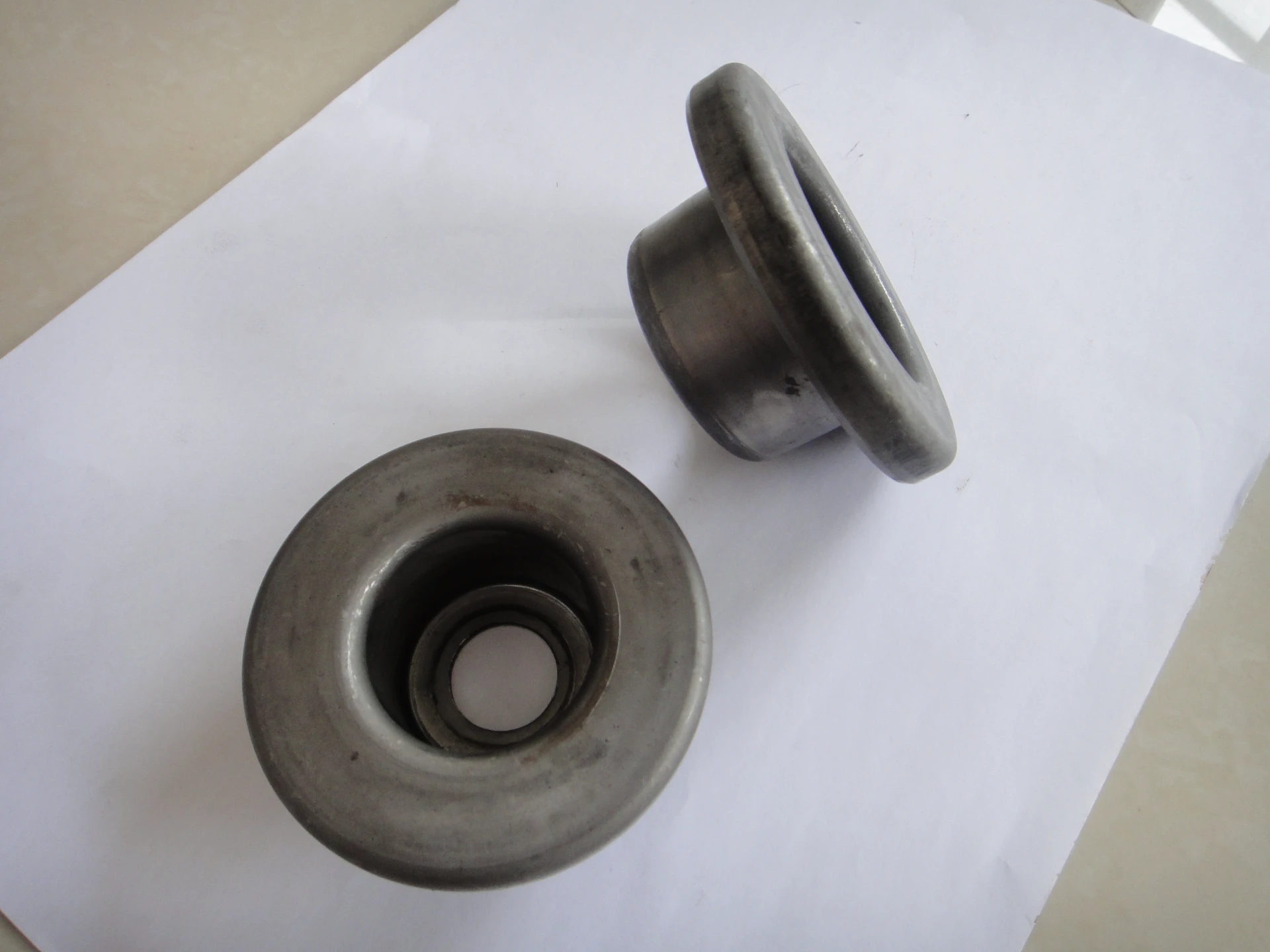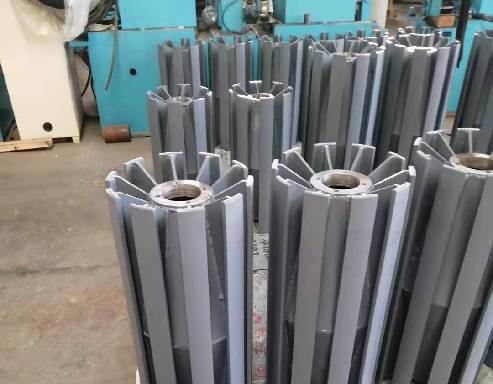 Afrikaans
Afrikaans  Albanian
Albanian  Amharic
Amharic  Arabic
Arabic  Armenian
Armenian  Azerbaijani
Azerbaijani  Basque
Basque  Belarusian
Belarusian  Bengali
Bengali  Bosnian
Bosnian  Bulgarian
Bulgarian  Catalan
Catalan  Cebuano
Cebuano  Corsican
Corsican  Croatian
Croatian  Czech
Czech  Danish
Danish  Dutch
Dutch  English
English  Esperanto
Esperanto  Estonian
Estonian  Finnish
Finnish  French
French  Frisian
Frisian  Galician
Galician  Georgian
Georgian  German
German  Greek
Greek  Gujarati
Gujarati  Haitian Creole
Haitian Creole  hausa
hausa  hawaiian
hawaiian  Hebrew
Hebrew  Hindi
Hindi  Miao
Miao  Hungarian
Hungarian  Icelandic
Icelandic  igbo
igbo  Indonesian
Indonesian  irish
irish  Italian
Italian  Japanese
Japanese  Javanese
Javanese  Kannada
Kannada  kazakh
kazakh  Khmer
Khmer  Rwandese
Rwandese  Korean
Korean  Kurdish
Kurdish  Kyrgyz
Kyrgyz  Lao
Lao  Latin
Latin  Latvian
Latvian  Lithuanian
Lithuanian  Luxembourgish
Luxembourgish  Macedonian
Macedonian  Malgashi
Malgashi  Malay
Malay  Malayalam
Malayalam  Maltese
Maltese  Maori
Maori  Marathi
Marathi  Mongolian
Mongolian  Myanmar
Myanmar  Nepali
Nepali  Norwegian
Norwegian  Norwegian
Norwegian  Occitan
Occitan  Pashto
Pashto  Persian
Persian  Polish
Polish  Portuguese
Portuguese  Punjabi
Punjabi  Romanian
Romanian  Russian
Russian  Samoan
Samoan  Scottish Gaelic
Scottish Gaelic  Serbian
Serbian  Sesotho
Sesotho  Shona
Shona  Sindhi
Sindhi  Sinhala
Sinhala  Slovak
Slovak  Slovenian
Slovenian  Somali
Somali  Spanish
Spanish  Sundanese
Sundanese  Swahili
Swahili  Swedish
Swedish  Tagalog
Tagalog  Tajik
Tajik  Tamil
Tamil  Tatar
Tatar  Telugu
Telugu  Thai
Thai  Turkish
Turkish  Turkmen
Turkmen  Ukrainian
Ukrainian  Urdu
Urdu  Uighur
Uighur  Uzbek
Uzbek  Vietnamese
Vietnamese  Welsh
Welsh  Bantu
Bantu  Yiddish
Yiddish  Yoruba
Yoruba  Zulu
Zulu Feb . 18, 2025 12:09
Back to list
Driving Pulley
The world of material handling and transport systems relies heavily on the functionality of conveyor belt pulleys. These components, often underestimated, serve as the backbone of various industries, including manufacturing, mining, and logistics. Diving into the intricate types of conveyor belt pulleys not only enhances operational efficiency but also underscores fundamental proficiency in the handling of goods.
Lagged pulleys present another facet of innovation, featuring a rubber or ceramic coating on their outer surface. The implementation of lagging on pulleys provides superior grip, water resistance, and minimizes the risk of belt slippage. The environmental adaptability of lagged pulleys, accommodating both high and low temperature demands, makes them especially beneficial in extreme working conditions. Industries reliant on unfaltering precision and sturdiness, such as automotive and aerospace sectors, routinely exploit these pulleys to sustain unwavering operational flow. Magnetic pulleys introduce an ingenious separation mechanism, predominantly used to remove metallic contamination from material streams. By incorporating magnetic properties within the pulley configuration, these pulleys efficiently isolate ferrous fragments from non-magnetic loads. Their application is critical in recycling plants, ensuring the purity of materials for processing. The integration of magnetic pulleys enhances operational trustworthiness, reflecting commitment to quality in end products. Consolidating the expertise-driven understanding of these pulley types reaffirms the indispensability of tailored solutions to industry-specific challenges. The conveyance sector continues to evolve, thanks in part to innovations in pulley design and material science. As industries demand greater precision, durability, and efficiency, the array of available conveyor belt pulleys demonstrates the path toward operational excellence and innovation. In conclusion, understanding the nuances of various conveyor belt pulleys provides a significant edge in the realm of supply chain management. Each pulley type offers unique advantages, underscoring their integral role in optimizing material flow, reducing downtime, and enhancing productivity. Whether addressing precision in alignment, contamination prevention, or speed variability, these components symbolize the convergence of engineering expertise and industrial adaptability. Investing in the right pulley type, therefore, is not merely a choice but a strategic decision that shapes the future trajectory of operational proficiency and sustainability.


Lagged pulleys present another facet of innovation, featuring a rubber or ceramic coating on their outer surface. The implementation of lagging on pulleys provides superior grip, water resistance, and minimizes the risk of belt slippage. The environmental adaptability of lagged pulleys, accommodating both high and low temperature demands, makes them especially beneficial in extreme working conditions. Industries reliant on unfaltering precision and sturdiness, such as automotive and aerospace sectors, routinely exploit these pulleys to sustain unwavering operational flow. Magnetic pulleys introduce an ingenious separation mechanism, predominantly used to remove metallic contamination from material streams. By incorporating magnetic properties within the pulley configuration, these pulleys efficiently isolate ferrous fragments from non-magnetic loads. Their application is critical in recycling plants, ensuring the purity of materials for processing. The integration of magnetic pulleys enhances operational trustworthiness, reflecting commitment to quality in end products. Consolidating the expertise-driven understanding of these pulley types reaffirms the indispensability of tailored solutions to industry-specific challenges. The conveyance sector continues to evolve, thanks in part to innovations in pulley design and material science. As industries demand greater precision, durability, and efficiency, the array of available conveyor belt pulleys demonstrates the path toward operational excellence and innovation. In conclusion, understanding the nuances of various conveyor belt pulleys provides a significant edge in the realm of supply chain management. Each pulley type offers unique advantages, underscoring their integral role in optimizing material flow, reducing downtime, and enhancing productivity. Whether addressing precision in alignment, contamination prevention, or speed variability, these components symbolize the convergence of engineering expertise and industrial adaptability. Investing in the right pulley type, therefore, is not merely a choice but a strategic decision that shapes the future trajectory of operational proficiency and sustainability.
Latest news
-
Revolutionizing Conveyor Reliability with Advanced Rubber Lagging PulleysNewsJul.22,2025
-
Powering Precision and Durability with Expert Manufacturers of Conveyor ComponentsNewsJul.22,2025
-
Optimizing Conveyor Systems with Advanced Conveyor AccessoriesNewsJul.22,2025
-
Maximize Conveyor Efficiency with Quality Conveyor Idler PulleysNewsJul.22,2025
-
Future-Proof Your Conveyor System with High-Performance Polyurethane RollerNewsJul.22,2025
-
Driving Efficiency Forward with Quality Idlers and RollersNewsJul.22,2025
OUR PRODUCTS





























